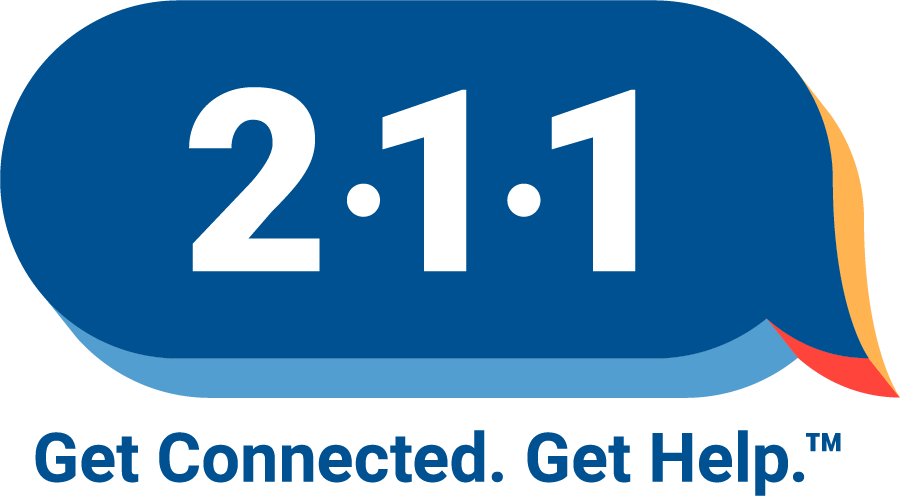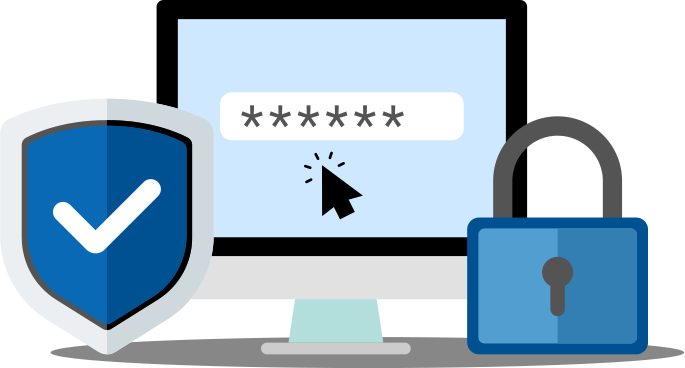Free Tax Prep Chronicles: Text Messaging for Effective Outreach

United Ways of California has been using text messaging as an outreach communication platform for about five years. This method has become one of our most reliable ways to get information to clients—especially when it comes to free tax help. This communication form is an essential part of our outreach model, allowing us to build trust, provide simple and straightforward messaging, and connect clients to services.
Community members opt in to taxes text flows when they sign up for services through MyFreeTaxes.org or text the word TAXES to 211-211.
In addition to our taxes text flows, United Ways of California uses text messaging to provide a wide range of support services and information, including:
- Low-cost internet resources
- A screener for 18 social safety net benefits
- Information about how to apply for an ITIN (Individual Taxpayer Identification Number)
- Connecting with kinship resources
- Updates and resources for natural disasters like fires and earthquakes
So far this year, our text message work has helped:
- Connect 39,504 community members to our free tax prep work
- Educate 61 community members about the ITIN process
- Remind 84,374 community members about their free tax prep appointments
- Connect 865 community members to free or low-cost internet
- Screen 2,189 community members for public benefits
Best Practices for Text-based Outreach
Over the years, we have learned a lot, and we believe in sharing those learnings for others who want to use text messaging as a way to support community members. Best practices we’ve found for text-based outreach include:
- Segment audiences so messaging can be tailored to their specific needs (topic, language, etc.)
- Avoid sending messages on Mondays, Fridays, or weekends
- Keep within the character limit so it shows as one single message
- Keep messaging cadence consistent and balanced; our recommended cadence is at least once a month to keep people actively engaged but not sending so often that it results in more opt-outs
- Make the text message interactive, allowing people to interact with the message by answering questions so they can find the information that is most relevant to them
- Take the time to understand the audience in order to tailor messages to their needs and ensure that resources shared are relevant to them



